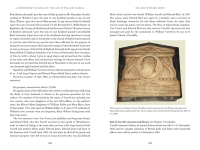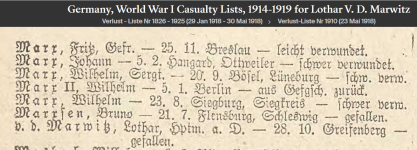Hello, I was just looking at the shanhu/shanbu discussion. [...] Interestingly, one of the alterative names is 珊瑚鸟/珊瑚鳥 (shanhuniao) which could be read as 'coral bird'. There's a record of the bird in the
1785 Continuation of Comprehensive Records 續通志 (Xu Tong Zhi) made up of 640 volumes. I believe this is in volume 180 (though my Chinese level is relatively low so could have missed something or misunderstood).
The relevant text (see image) is
"珊瑚鳥大於畫眉好鬧出嶺南巧聲之鳥也見山堂肆考" which seems to translate as:
"The 'coral bird', larger than the Hwamei, is a lively and skilful singer found in Lingnan, and can be studied/observed in/from mountain pavilions." ...
[...]
... Any thoughts?
Sorry "redpandacat', I cannot help you with the interpretation of the Chinese text of 1785 (as I know even less Chinese, read: none), I only got involved in this thread as we were discussing the true original spelling, and/alt. the original source, of Gmelin's (today invalid) scientific name (
shanbu versus
shanhu) of 1789, as James (Jobling) at that point, back in September of 2019, had it ("shan
bu") listed among other "epithets that remain unidentified" (see post #228, and #327, 329, 330, 332, 334 ... and onwards), which today, indeed, seems to be a synonym of the (Chinese) shanhuniao Bird/Fowl (
Tori) [
i.e. today's hard-to-place Black-throated Laughingthrush
Pterorhinus/Dryonastes/
Ianthocincla/
Garrulax chinensis SCOPOLI 1786 (OD in post #329, or
here), as: "
LANIUS (
chinensis)"...]
But, I would assume that (the
Google translate version) of 珊瑚鳥 into 'coral bird' might/could mean something completely, totally different (as
Google only rarely get things fully correct when dealing with Older Chinese texts).

However, I will ask my Japanese friend, and neighbour Nobuhiko Osawa (who does know Old-school Chinese) if he can understand the Chinese text of 1785? That is, whenever I bump into him ...
I'll keep you updated (if Mr Osawa have anything additional to say, of course).
Björn
PS. But I have to agree; the Chinese name "shanhuniao" does resemble the contemporary name "Shan-hu" (mentioned by both Latham, in 1783, and Pennant, in 1789). Also note that 'niao' (alt.
niǎo), with or without hyphen, still today seems to be used, in China, also for other Trushes [like, for example, the Blue Whistling Thrush
Myophonus caeruleus SCOPOLI 1786, as "
GRACULA (
caerulea)", also known as: "niǎo jīng" (in Pinyin, the romanized version of Standard Mandarin/Chinese, at least according to
Avibase) described just two pages later, after the above-mentioned
chinensis].
Thus, this far, in my notes I'll keep
shanhu (and/alt.
shanbu) as an Autochthonym. Either way, the etymology seems to be the same (originating in a local, Chinese name, at the time most often written/transcribed as "Shan-hu", for this/that/those certain taxa/Bird/s).










